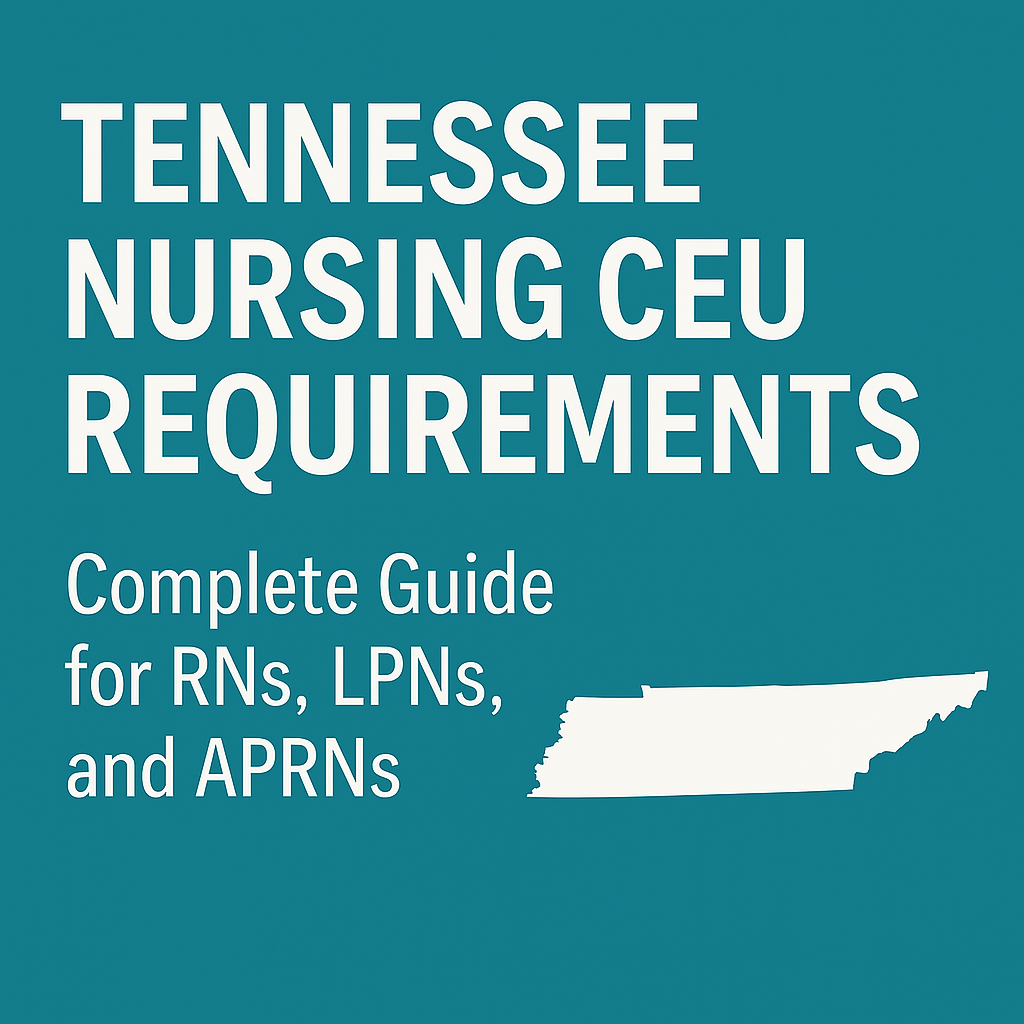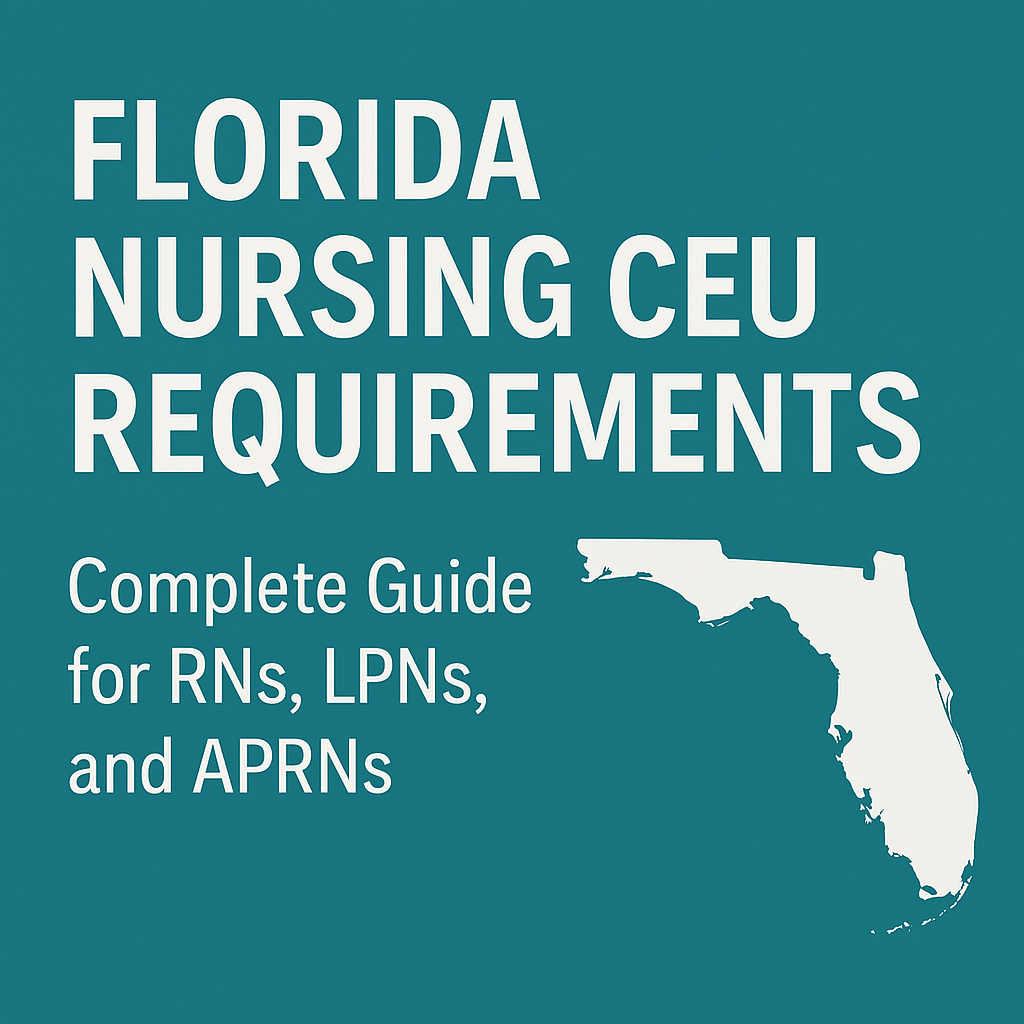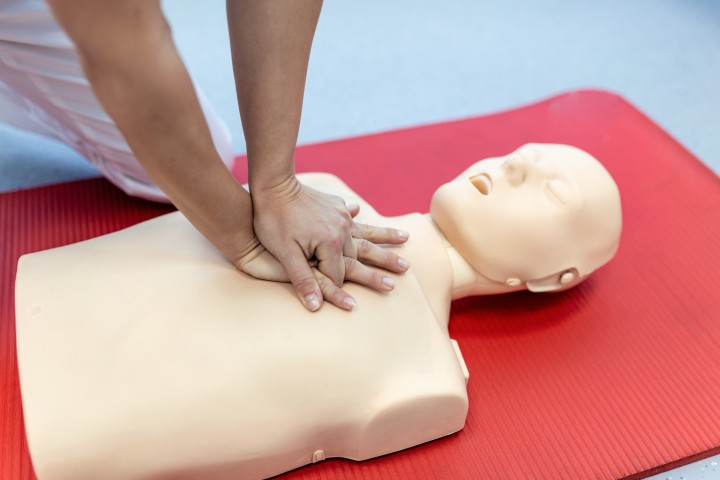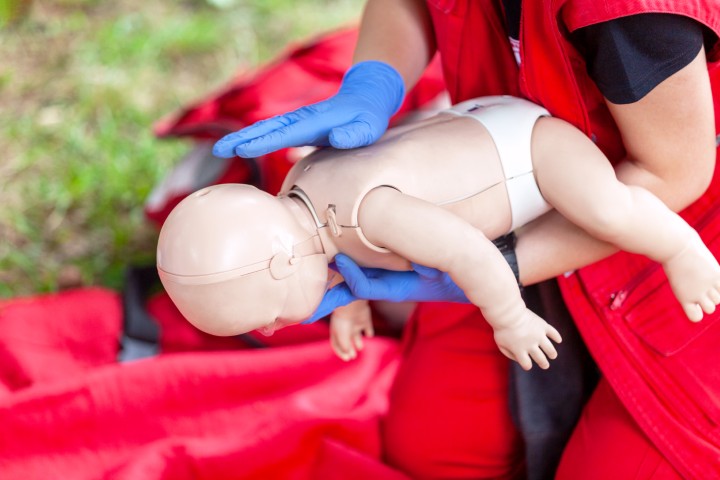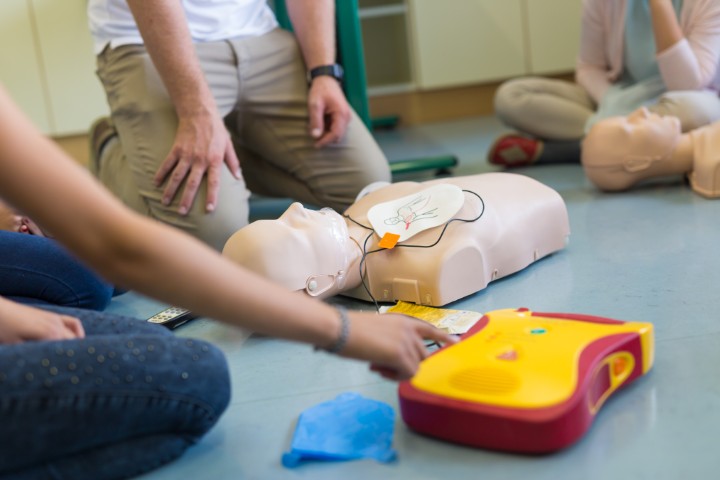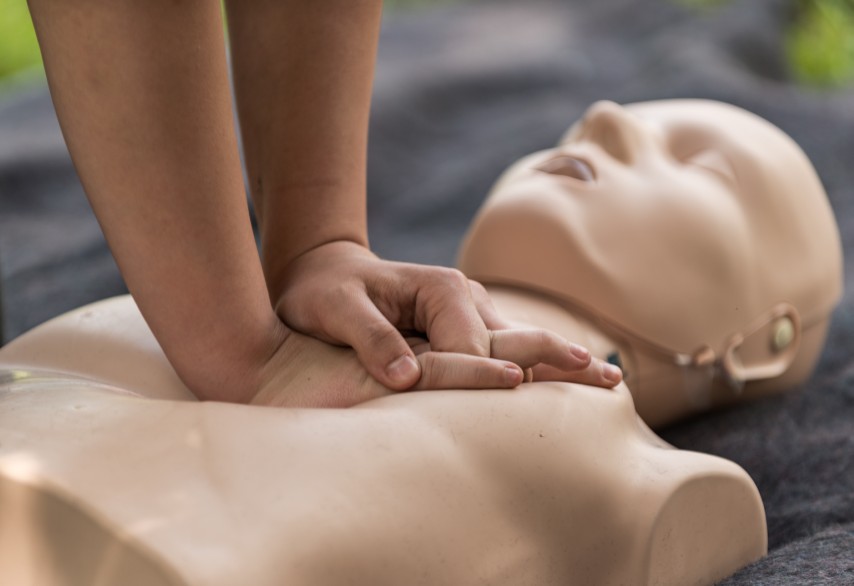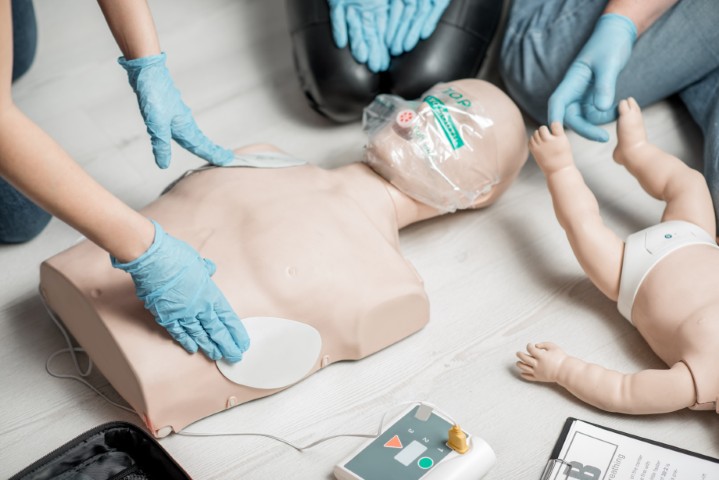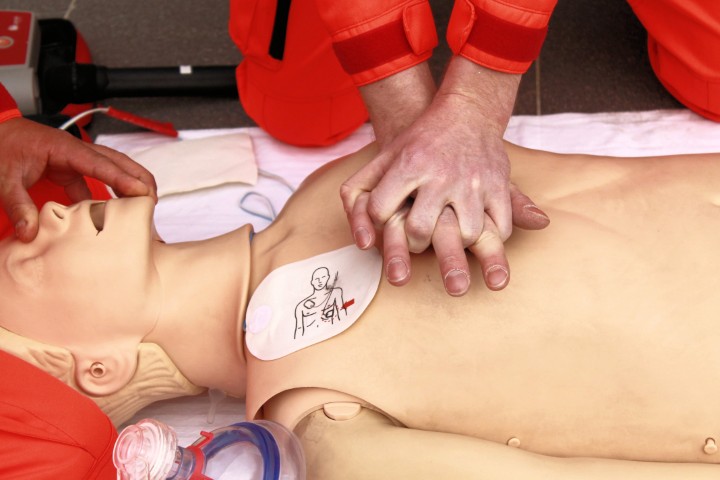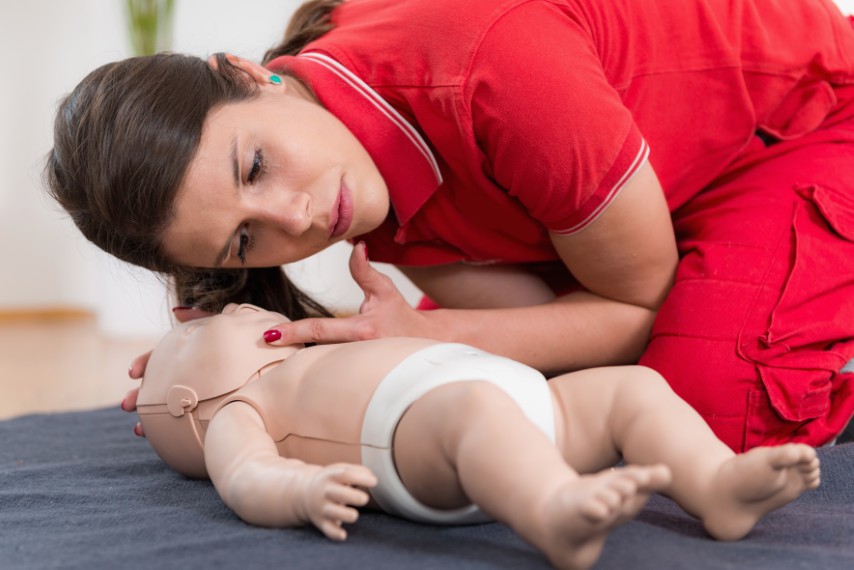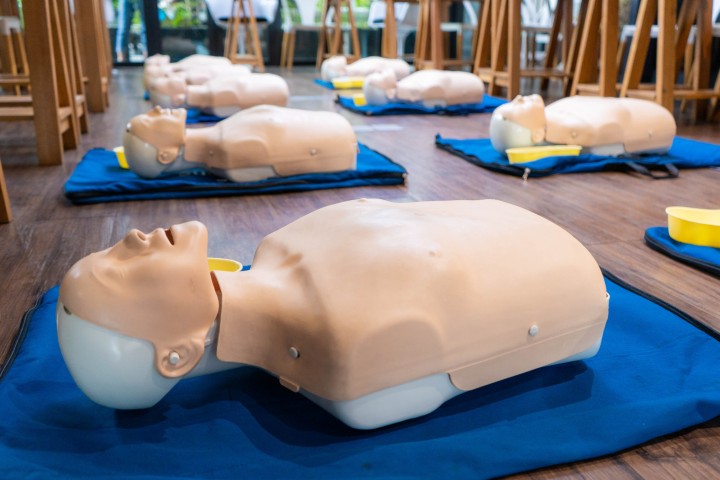Pennsylvania Nursing CEU Requirements: Complete Guide for RNs, LPNs, and APRNs
How Pennsylvania Nurses Can Meet CEU and License Renewal Standards (2025)
🧑⚕️ CEU Requirements for Nurses in Pennsylvania
1. Who Needs CEUs & Renewal Cycle
- Registered Nurses (RNs) and Licensed Practical Nurses (LPNs/LVNs)
- Must complete 30 contact hours (equivalent to CEUs) every 2 years. ceufast.com+14netce.com+14ceufast.com+14nurse.com+2westernschools.com+2nursingce.com+2
- Advanced Practice Nurses (CRNPs, CNSs)
- Also require 30 hours biennially, with specialty-specific content included. nurse.com+3elitelearning.com+3nursingcenter.com+3nurse.com
2. Mandatory Topics
- Child Abuse Recognition & Reporting
- Initial license: 3 hours ceufast.com+10netce.com+10nursingcecentral.com+10nursingce.com+4nursece4less.com+4elitelearning.com+4
- Renewal: 2 hours every cycle nursejournal.org+12netce.com+12pa.gov+12
- CRNPs with Prescriptive Authority
- Must:
- Complete 16 hours of advanced pharmacology
- Include at least 2 hours on pain management, addiction, or opioid prescribing/dispensing
- Additionally, DEA-registered practitioners (starting June 27, 2023) must take a one-time 8-hour course on substance use disorders. nursingce.com+14netce.com+14elitelearning.com+14
- Must:
3. What Counts (and Doesn’t) Towards CEUs
✅ Eligible Activities:
- ANCC‑accredited continuing education from approved providers
- Academic courses in nursing (e.g. 1 semester unit = 15 contact hours) medcec.com+11pa.gov+11elitelearning.com+11
- Workshops, seminars or conferences relevant to nursing or specialty care
🚫 Not Eligible:
- General self‑improvement (e.g. attitude/financial workshops)
- Non-nursing academic courses
- BLS (Basic Life Support)–only training
- Orientation or employer-mandated policy programs unless board-approved with credit designation ceufast.com+12pa.gov+12pa.gov+12nursingce.com+1pa.gov+1westernschools.com+4nursejournal.org+4pa.gov+4
4. Timing & Record-Keeping
- CE period aligns with your license expiration (April or October of even-numbered years for RNs/APRNs; June for LPNs).
- Carryover is not allowed. CE hours must fall within your current 2-year renewal window. netce.com+10pa.gov+10nursingcecentral.com+10
- Retain all certificates or electronic records with course details for 5–6 years, as audits may occur.
5. Reporting & Audits
- No need to submit CE certificates during renewal—attest “yes/no” on completion. But be ready if audited. ceufast.com+2pa.gov+2nursingcecentral.com+2
- Providers of child-abuse training report completions directly to the PA Department of State/DHS. nursingcenter.com+8medcec.com+8westernschools.com+8
6. Key Takeaways for PA Nurses
| RN / LPN | CEUs Required | Child Abuse | Notes |
|---|---|---|---|
| Initial | 30 hours | 3 hours | Includes the 3‑hour child abuse course |
| Renewal | 30 hours | 2 hours | All must complete from approved providers |
| CRNP w/ DEA | 30 hours | +8-hour SUD course<br>+16 pharmacology +2 pain/addiction | Advanced pharmacology and opioid-related content mandatory |
7. Tips for Pennsylvania Nurses
- Sign up early to avoid clustering CEUs too close to renewal time.
- Choose ANCC-accredited courses from recognized PA board-approved providers.
- Use email or calendar alerts tied to your renewal month (June for LPNs, April/October for RNs).
- Consider efficient “CE packages” (e.g. from Nurse.com, NetCE, Elite, CEUfast, MedCEC) that bundle required credits, including child abuse modules. medcec.comnursingcecentral.com+4ceufast.com+4ceufast.com+4nursingcecentral.com+5elitelearning.com+5pa.gov+5ceufast.com+8nurse.com+8netce.com+8
✅ Final Word
To keep your nursing license active in Pennsylvania:
- Complete 30 contact hours every two years.
- Include the mandatory child abuse training (3 hr initial, 2 hr renewal).
- If you’re a prescribing CRNP, meet the pharmacology/pain/addiction and DEA-ordered SUD requirements.
- Save all CE documentation, and be prepared for random audits — but no need to upload anything unless requested during renewal.
Sources:
- Pennsylvania State Board of Nursing – FAQs & CE Regulations
- Details on eligible CE types, credit conversions for academic courses, and documentation/audit requirements irrc.state.pa.us+15pa.gov+15nursingce.com+15
- Pennsylvania Opioid Education Requirements for CRNPs
- Explains mandatory 4 hours opioid education (2 hr pain/addiction + 2 hr prescribing/dispensing) for initial prescriptive authority, and 2-hour opioid/pain modules at each renewal support.nursingcecentral.com+9pa.gov+9allnurses.com+9millersville.edu+1pacnp.org+1
- NetCE Overviews (RNs, LPNs, CRNPs)
- Summarizes biennial 30-hour CE requirement, 2-hour child abuse requirement (3 hr for initial), advanced pharmacology and opioid content for prescribers, and one‑time 8-hour SUD training for DEA-registered providers (post-June 27, 2023) elitelearning.com+9netce.com+9netce.com+9
- UPMC / NursingCE Sites
- Confirms CRNP-specific mandates: 30-hour total, 16-hour pharmacology, 2-hour child abuse, 2-hour pain/addiction/opioid for prescribers nurse.com+13cce.upmc.com+13nursingce.com+13elitelearning.com+6nursece4less.com+6netce.com+6
- Elite Learning
- Cites Act 31–child abuse hours for initial (3 hr) and renewal (2 hr), as well as pain/opioid course standards pa.gov+1pa.gov+1
- NursingCE4Less
- Verifies 30 hr CE every 2 years, including child abuse specifics (3 hr initial, 2 hr renewal), plus 16 hr pharmacology & 2 hr pain/addiction for CRNP prescribers pa.gov+8nursece4less.com+8elitelearning.com+8
- Regulatory Update (IRRC)
- Confirms updates in CE requirements for pain management/addiction/prescribing controls pa.gov+14irrc.state.pa.us+14nursingcenter.com+14




